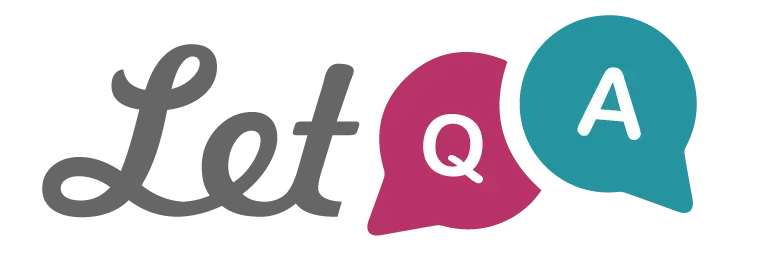Đề Thi Trắc Nghiệm Tiếng Anh Chuyên Ngành Công Nghệ Phần Mềm - Buổi 6 - Đại Học Điện Lực (Ôn Luyện Online Miễn Phí, Có Đáp Án)
Bộ đề thi trắc nghiệm Tiếng Anh chuyên ngành Công Nghệ Phần Mềm tại Đại Học Điện Lực Buổi 6, cung cấp công cụ ôn luyện hiệu quả với các câu hỏi đa dạng, đáp án chi tiết và hoàn toàn miễn phí. Hỗ trợ sinh viên nắm vững từ vựng và kỹ năng tiếng Anh chuyên môn cho ngành công nghệ phần mềm, phù hợp để luyện tập và chuẩn bị thi hiệu quả.
Từ khoá: đề thi trắc nghiệm tiếng Anh chuyên ngànhcông nghệ phần mềmĐại Học Điện Lựcôn luyện tiếng Anh miễn phíđề thi online có đáp ántiếng Anh CNPMtiếng Anh công nghệluyện thi tiếng Anh chuyên ngànhđề thi tiếng Anh đại học
Bộ sưu tập: Tuyển Tập Bộ Đề Thi Trắc Nghiệm Môn Tiếng Anh Trường Đại Học Điện Lực (EPU) - Có Đáp Án
Câu 1: Which one is not an activity of software development?
D. changing client’s requirements
Câu 2: A _________language, such as Cobol, Visual Basic or C#, is said to be problem-oriented and to reduce software production and maintenance costs.
Câu 3: Which of the following is correct?
A. if condition is true, statement1 will execute.
B. If statement1 is true, condition will execute
C. if statement2 is false, statement1 will execute.
D. if statement2 is true, statement1 will execute.
Câu 4: _______ provides a graphical notation for describing packages.
Câu 5: java.lang contains the classes _________support the main features of the language like Object, String, number, exception and threads.
Câu 6: Dịch câu sau sang tiếng Việt “The advantage of OOP is to promote the reusability of software components”
A. Tính vượt trội của OOP là thúc đẩy tái sử dụng các phần mềm thành phần
B. Điểm mạnh của OOP là thúc đẩy tái sử dụng các phần mềm thành phần
C. Ưu điểm của lập trình hướng đối tượng là thúc đẩy khả năng tái sử dụng các thành phần phần mềm
D. Tính vượt trội của lập trình hướng đối tượng là thúc đẩy tái sử dụng các phần mềm thành phần
Câu 7: __________includes creating plans, resolving problems and monitoring stages of software development.
Câu 8: The three pillars _______ OOP are encapsulation, inheritance and polymorphism.
Câu 9: “The syntax of a programming language” - từ syntax có nghĩa là _______.
Câu 10: Which of the following is not a Java statement?
Câu 11: One of the principles used in the design of object-oriented software is to simulate real world situations as _____.
Câu 12: In OOP, a _________is a template or blueprint for any number of objects that can be created from it.
Câu 13: Trong lập trình hướng đối tượng, “private variable” có nghĩa là ________.
D. biến trong vòng lặp
Câu 14: The principles of OOP are ________.
A. reusability, encapsulation and analysis
B. inheritance, construction and architecture
C. architecture and inheritance
D. encapsulation, inheritance and polymorphism
Câu 15: In OOP, an object can be created from a ______.
Câu 16: “One of the main benefits of OOP is the reuse of software components”. Từ “components” có nghĩa là _________.
Câu 17: A programming language is ______.
B. used to write software
Câu 18: Algorithm có nghĩa là ______.
Câu 19: WWW là viết tắt của _________
Câu 20: JAVA language is a ________.
B. high-level programming language
C. medium-level programming language
D. low-level programming language
Câu 21: Most software has a graphical user interface, which must be carefully ______ so that it is easy to use.
Câu 22: “The break statement causes control to be transferred to the end of the switch statement” - break có nghĩa là ______.
Câu 23: Which is not a programming language?
Câu 24: Which of the following is not a data type of programming language?
Câu 25: Which of the following is not true about OOP?
A. allows a class to be reused
B. designs into general purpose classes
C. is data structure design
D. simulate real world situations as objects
Câu 26: A class is a template or blueprint for any number of _______ that can be created from it.
Câu 27: If a computer provides database services to others, then it will be known as a ________.

